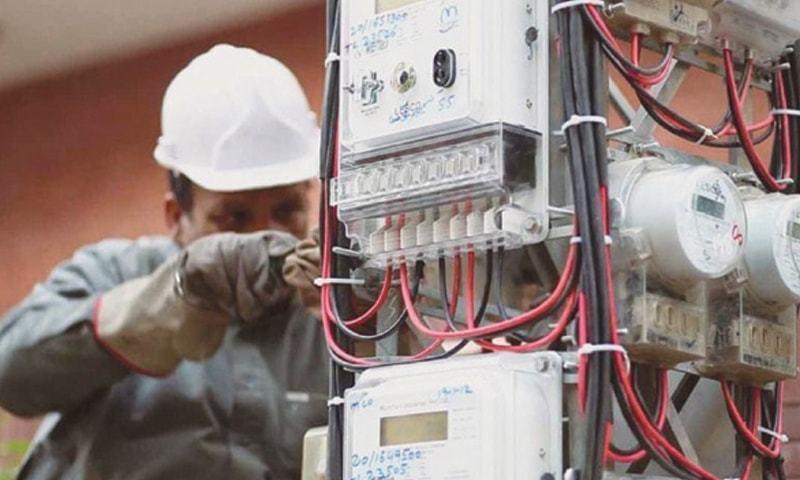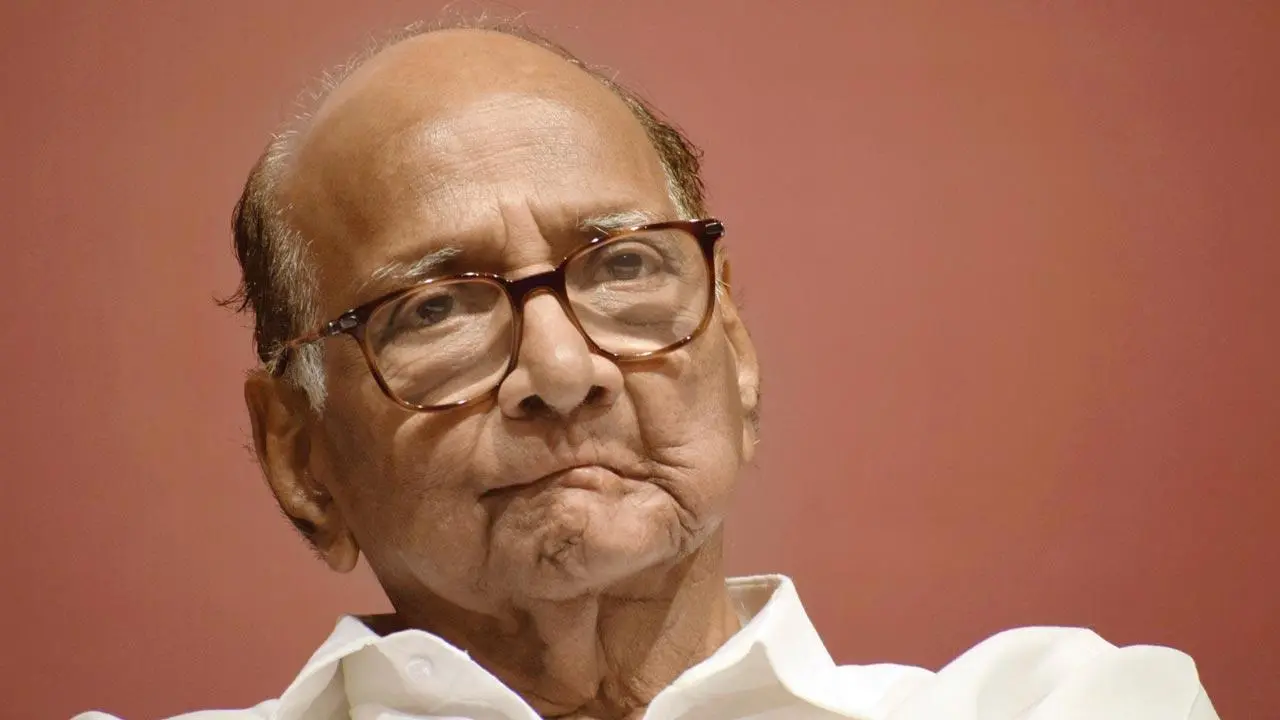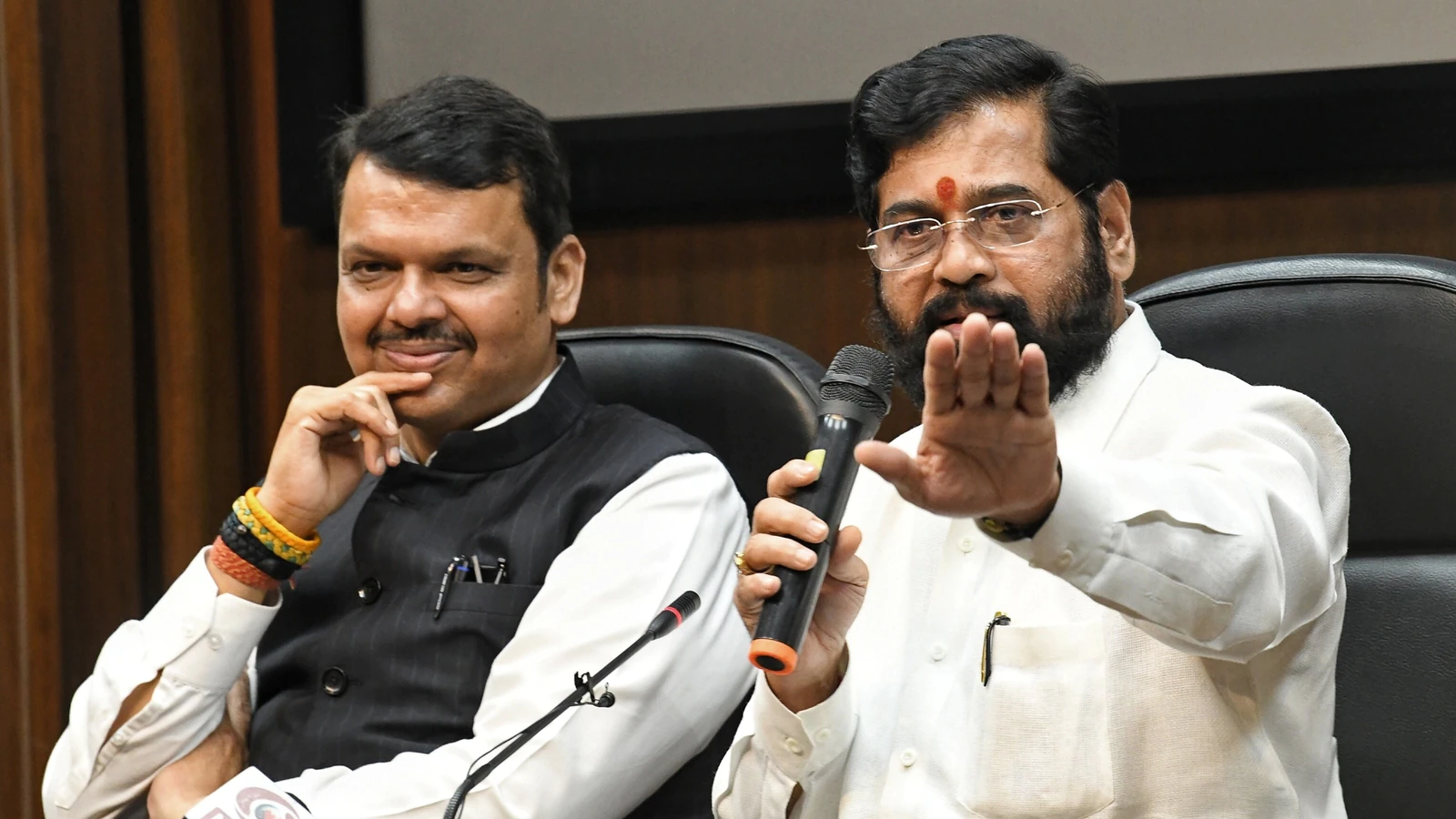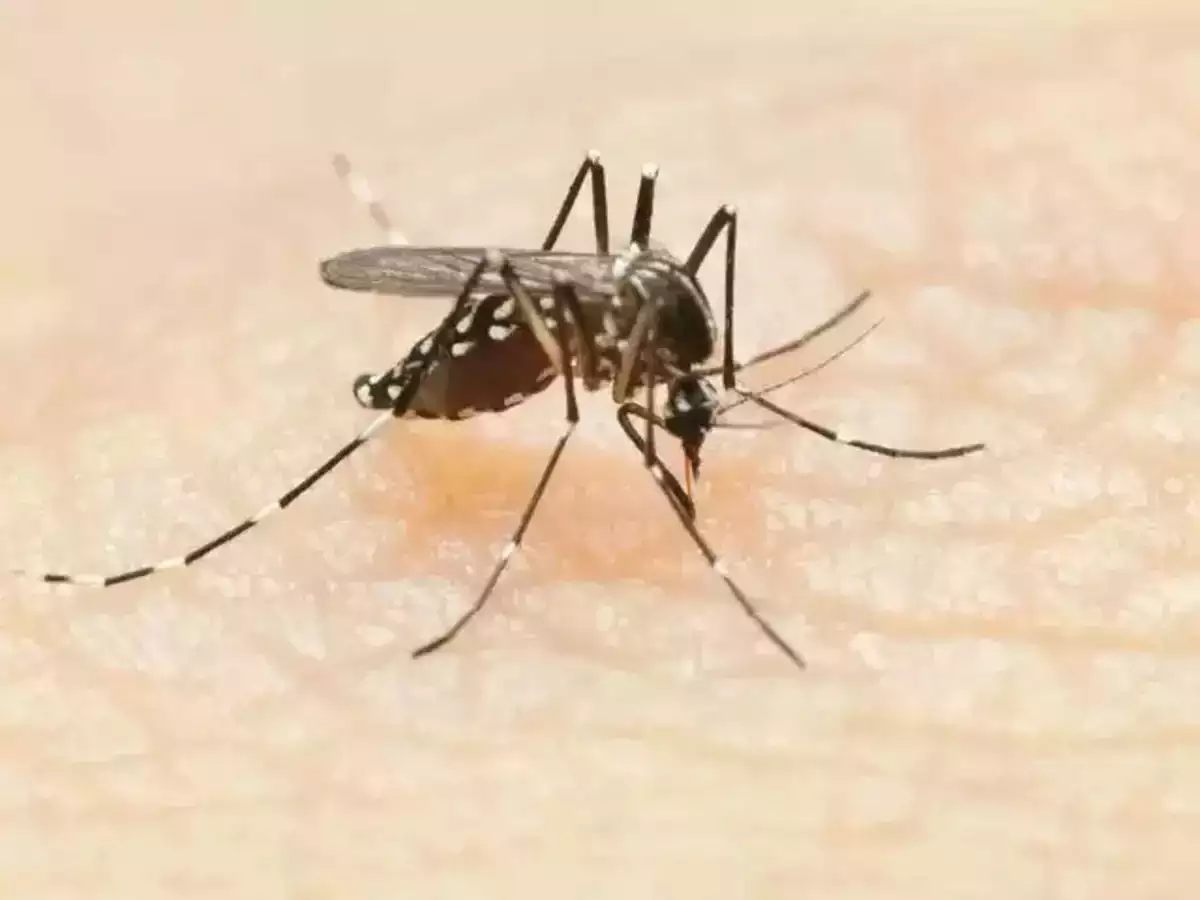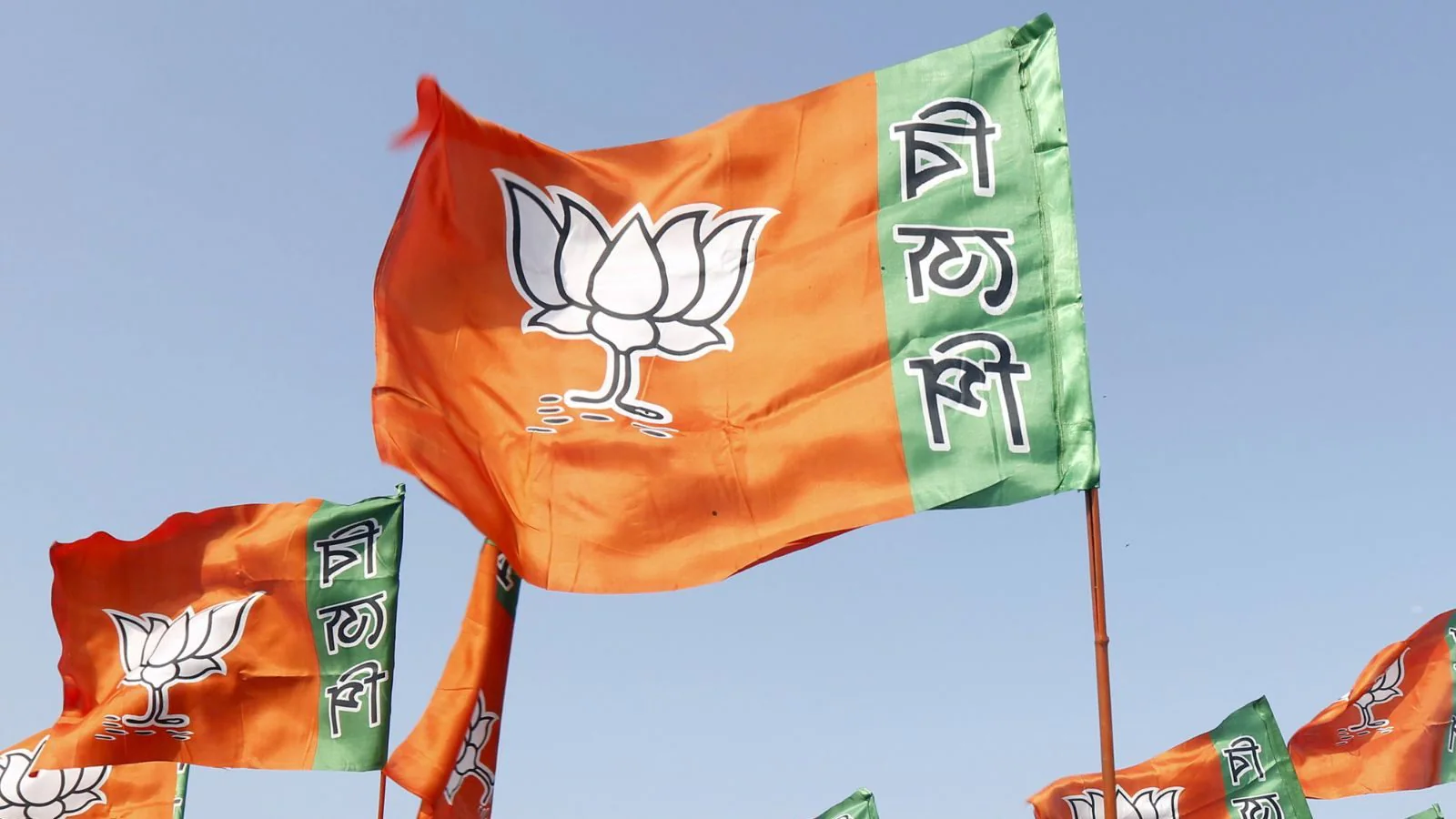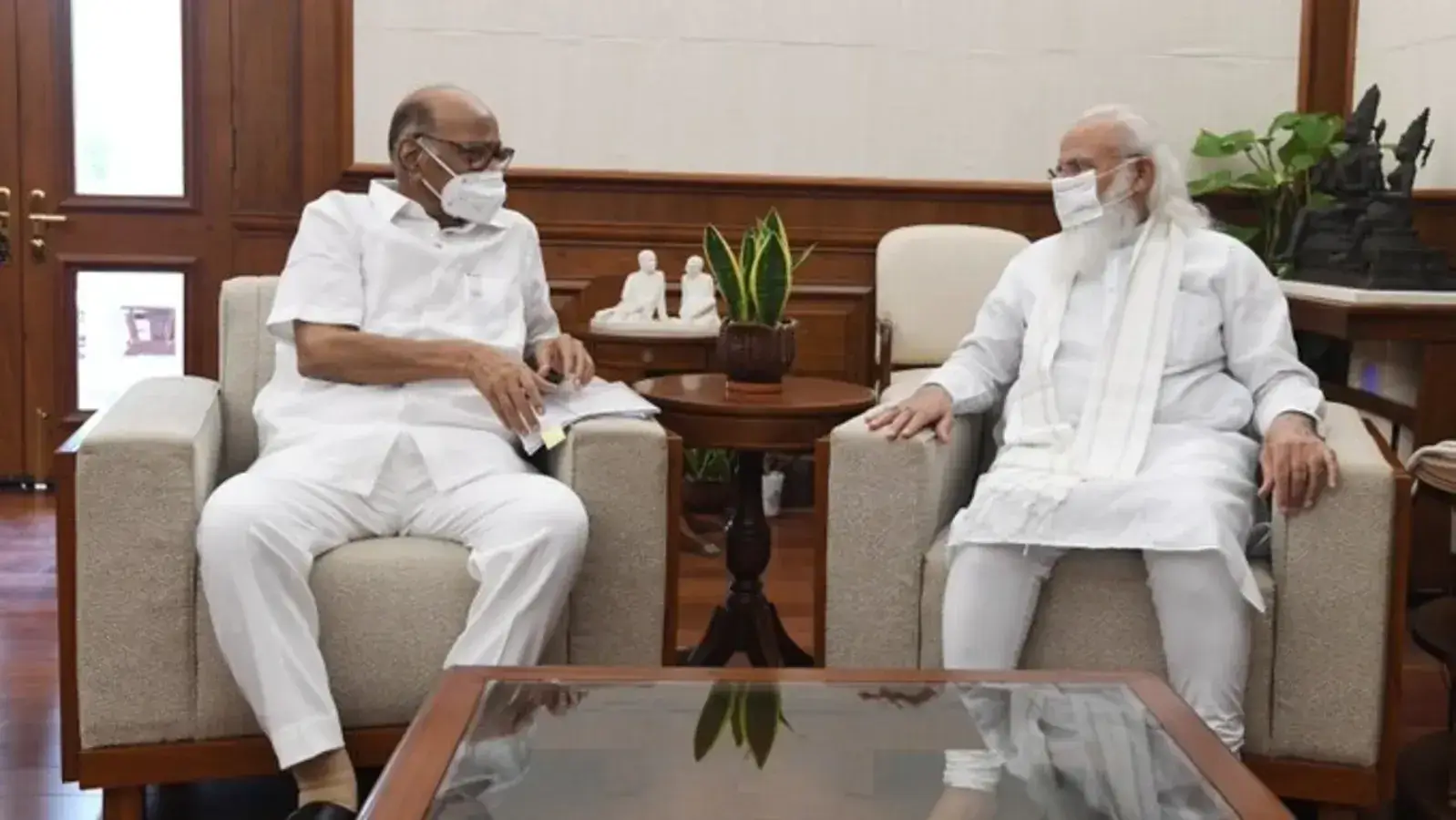With the demand for facemasks going up amidst the Covid-19 pandemic, 12,000 women of 1,500 self-help groups (SHGs) in 12 districts of Himachal Pradesh have stitched over 40 lakh masks through hand-operated machines, as per a minister.
These women are sewing facemasks to do their bit not only in fight against the pandemic but also enabling them to become self-reliant by earn money.
The largest women’s movement in the state was started initially in Una district in March 2020 on a pilot basis by the Rural Development Department wherein 400-odd members of 38 SHGs affiliated to the National Rural Livelihood Mission began making fabric masks for themselves, families and neighbours.
Later, virtual training on stitching the medicated and sanitised masks to SHG members was provided by the department, Rural Development and Panchayati Raj Minister Virender Kanwar told IANS.

The government also roped in rural self-employment training institutes to impart training to them to meet the growing demand of the masks during the first phase of lockdown in March last year.
An experienced SHG member can produce a three-layer mask in five to seven minutes after finishing her household chores.
The raw material was initially provided by the HP State Rural Livelihood Mission, and now the SHGs are managing it on a local level.
Proper hygiene is being maintained while stitching the masks.
The district administration is helping the SHGs in training, transportations, marketing and sanitisation of the masks, said Kanwar.
The masks were supplied to state’s Health and the Jal Shakti Departments, the police, urban local bodies, and other government departments involved in essential duties.
The masks were also sold on the open market.
The masks were supplied free of cost to frontline workers, MGNREGS workers and other needy people by the SHGs.
They are being sold under the brand name ‘HIM IRA’ at nominal prices, much below the market rates.
“We are also exploring possibilities to make its availability more in the open market and supplying it to neighboring states,” said the minister.
The SHGs, largest networks of women in the rural areas, are also going around the villages and creating awareness and countering misinformation on the pandemic through WhatsApp groups and even providing banking and financial solutions to far-flung communities during the difficult times.
With huge numbers of informal workers losing their livelihoods during the lockdown and food supply chains getting disrupted in some areas, community kitchens have been set up by SHGs or village organisations to feed stranded workers, the poor and other vulnerable people during the lockdown.
Around 30 tonne of ration and food grain has been distributed to labourers and the poor so far by SHGs, said Kanwar.
Since 90 per cent the state’s population resides in rural areas, the government is focusing on rural-oriented policies to accelerate the pace of development there.
The SHG movement has spread across Himachal Pradesh and is now on a firm base.
It has been upscaled with support in the human resources and financial products.


